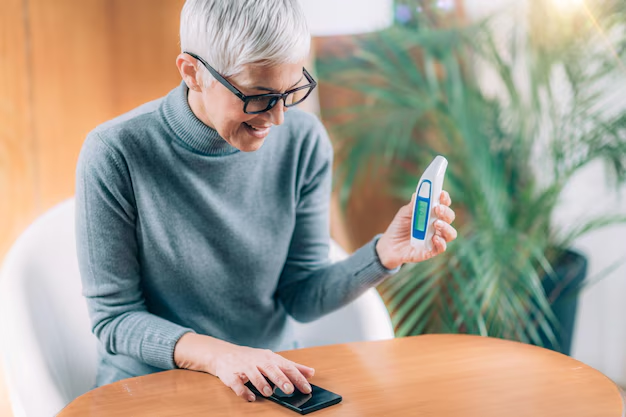Discover Simple Ways to Detect Parkinson's from Home
In recent years, the importance of early detection of Parkinson's disease has become increasingly evident. While visiting a healthcare professional is crucial for an official diagnosis, there are ways to preliminarily assess symptoms at home. This guide helps you understand what to look for and how to take proactive steps if Parkinson's is suspected.
Recognizing Key Symptoms
Parkinson's disease primarily affects movement. Here are some classic signs that may indicate the need for further evaluation:
- Tremor: A slight shaking or tremor in the hands, fingers, jaw, or lips while at rest is often the first noticeable sign.
- Bradykinesia: Involves a slowing down or reduction in muscle movements, noticeable when completing routine tasks.
- Muscle Rigidity: Stiffness in the limbs or neck, reducing range of motion and flexibility.
- Postural Instability: Difficulty maintaining balance or posture, which can lead to frequent falls or a shuffling walk.
- Micrographia: A change in handwriting, characterized by smaller and more cramped letters.
Simple At-Home Tests
While these tests cannot replace a professional evaluation, they may provide preliminary insight into whether a doctor's visit is warranted.
Hand Tremor Test
Sit in a comfortable position with your hands on your lap, palms facing downward. Observe your hands for tremors, especially when they are at rest. If constant or increasing tremors are noticed, this might be a sign to seek medical advice.
Gait Analysis
Observe how you walk. Parkinson's might be present if you notice a distinctive shuffling walk, reduced arm swing, or difficulty starting or stopping movement.
Soft Voice Test
Record your voice reading a passage and compare it over time. A softer or mumbled speech pattern may indicate changes in speech typical of Parkinson's.
Handwriting Test
Write a paragraph on paper and examine the size of letters and overall fluidity. A consistent reduction in size or cramping of letters may be an indicator.
When to Seek Professional Evaluation
While these tests might highlight potential symptoms, a healthcare provider should be consulted for an accurate diagnosis. Neurologists use comprehensive examinations and tests to confirm Parkinson's, often using imaging tests like an MRI to rule out other conditions.
This first step toward identifying symptoms at home can make the process of seeking medical help less daunting and ensure you have documented changes to share with a doctor.
Available Support and Resources
Living with Parkinson's may require lifestyle adjustments and financial planning. Fortunately, various programs offer assistance:
- Government Aid Programs: These provide financial support for medical treatments and caregiving.
- Supplemental Security Income (SSI): Offers cash assistance to meet basic needs for food, clothing, and shelter.
- Medicare & Medicaid: Both programs cover various medical expenses for Parkinson's care.
- Debt Relief Options: Specialized financial advisers can help manage medical expenses and debts.
- Education & Career Transition Grants: Provide opportunities for retraining or career changes as necessary due to physical ability changes.
As you navigate the potential diagnosis of Parkinson's, knowing these resources are available can significantly alleviate stress and help manage the condition more effectively.
Quick Access Financial Resources 💰
- 🏢 SSI/Disability Benefits: Covers living expenses for those unable to work due to Parkinson's.
- 🚑 Medicare & Medicaid: Government healthcare plans offering medical coverage.
- 💳 Debt Consolidation Programs: Solutions for managing and restructuring medical debts.
- 🎓 Education Grants: For retraining opportunities if employment change is necessary.
- 🏠 Energy Assistance Programs: Help offset home energy costs for those on a fixed income.
Each of these resources plays a crucial role in supporting individuals and families facing Parkinson's, ensuring they do not navigate this journey alone.

Related Topics
- Are There Environmental Causes Of Parkinsons
- Can Alcohol Cause Parkinson's
- Can Concussions Cause Parkinson's
- Can Concussions Cause Parkinson's Disease
- Can Dogs Get Parkinson's Disease
- Can Dogs Get Parkinsons
- Can Dogs Have Parkinson's
- Can Dogs Have Parkinson's Disease
- Can Females Get Parkinson Disease
- Can Head Trauma Cause Parkinson's